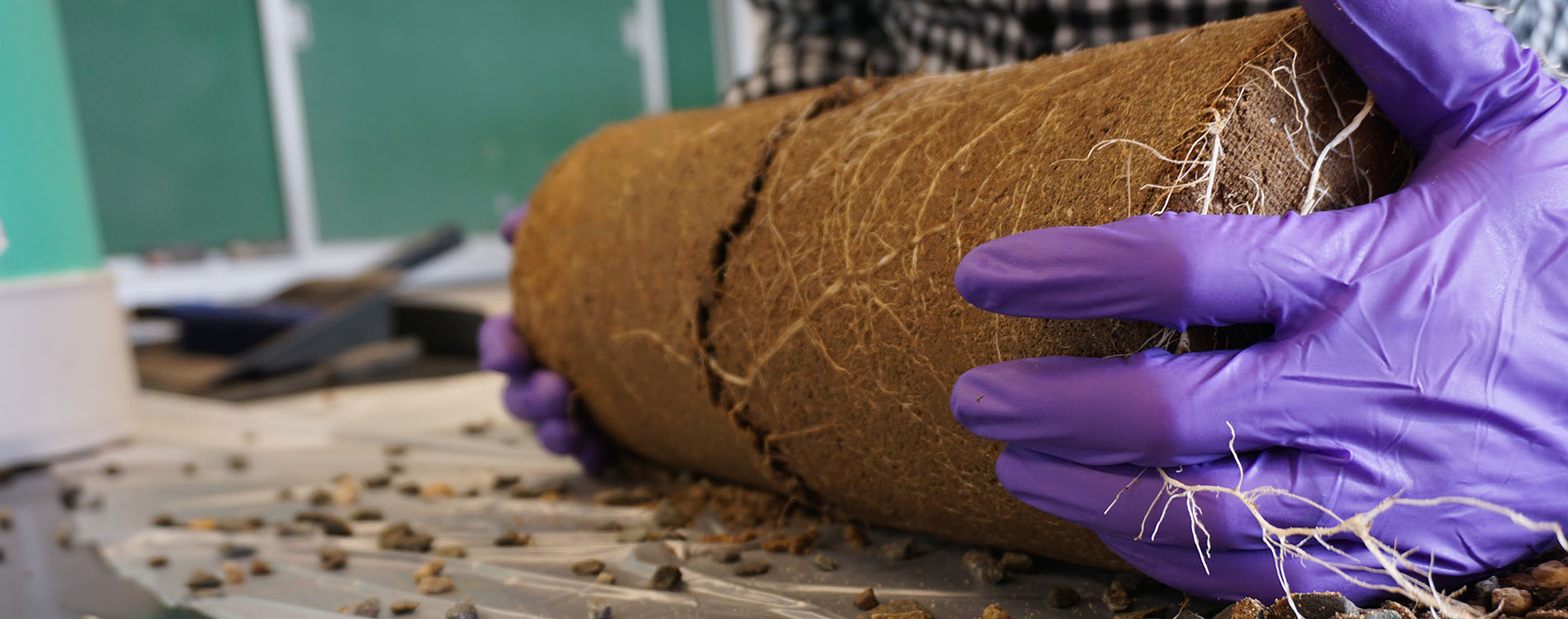The rhizosphere is the hotspot of biological activity in and around plant roots. Addressing some of the biggest challenges in agricultural systems, such as enhancing nutrient and water cycling to improve resource use, depend on better understanding and management of rhizosphere processes. Arbuscular mycorrhizas (AM) are an ancient and near-ubiquitous association between plant roots and a specialized group of soil fungi that facilitate nutrient uptake and other functions in exchange for energy. We use a variety of approaches to study this symbiotic interaction in situ, often using a tomato model system with paired AM and non-AM genotypes. Recent and ongoing work has focused on how AM fungi affect plants and ecosystem processes, especially nitrogen cycling and losses, under lower and more variable water regimes (Bowles et al., 2016 STOTEN, Bowles et al., 2017 Global Change Biology). We also recently completed a meta-analysis showing how cover cropping and lower intensity tillage have similar, positive effects on the extent to which AM fungi colonize cash crop roots, a proxy of potential function (Bowles et al., 2016 Journal of Applied Ecology). Other ongoing work focuses on how long-term plant-soil feedbacks affect belowground processes during drought, by studying the effects of crop rotational diversity on microbial community structure and function and plant-soil-microbe interactions under stress.
